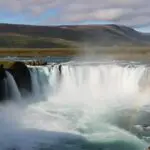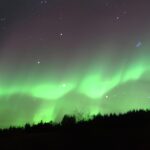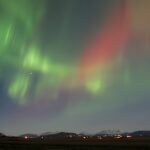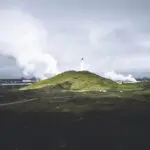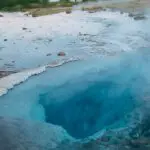Iceland has many folktales about Christmas Eve and New Year’s Eve. Many deals with elves that, for some reason, use that time to be out and about. Some go dancing in people’s houses, while others move houses. Some stories tell how you should definitely not be in their way when they come; in others, elves are thankful for the help they receive, while yet others say you must not speak to them. Otherwise, you could lose your mind. Read more about that here.
The following tale tells how housewives decorated the house for elves and how people made sure to get clothes for Christmas so the Yule Cat would not take them or their food.
Please signup for our newsletter for more fun facts and information about Iceland.
Read other fairytales and legends:
- The Shepherd of Silfrúnarstaðir
- The Genesis of the Hidden People
- The Deacon of Myrká
- The Tale of Búkolla – Version 1 and 2
- White Cap
- Dear Mother in the Pen, Pen
- The Story of Mjaðveig Mánadóttir
- The Bishop and The Elves
- Katla’s Dream
- Now I should laugh if I were not dead!
- The Story of Bergþór of Bláfell
- Móhúsa-Skotta
- “The Darkness is Fun”
- The Sorcerers in The Westman Islands
- The Two Sigurds
- Úlfsvatn
- The Man Servant and the Water-Elves
- The Merman
- Sæmundur the Learned and the devil
- Gold brow
- Redhead
- The Move
Christmas Eve Night
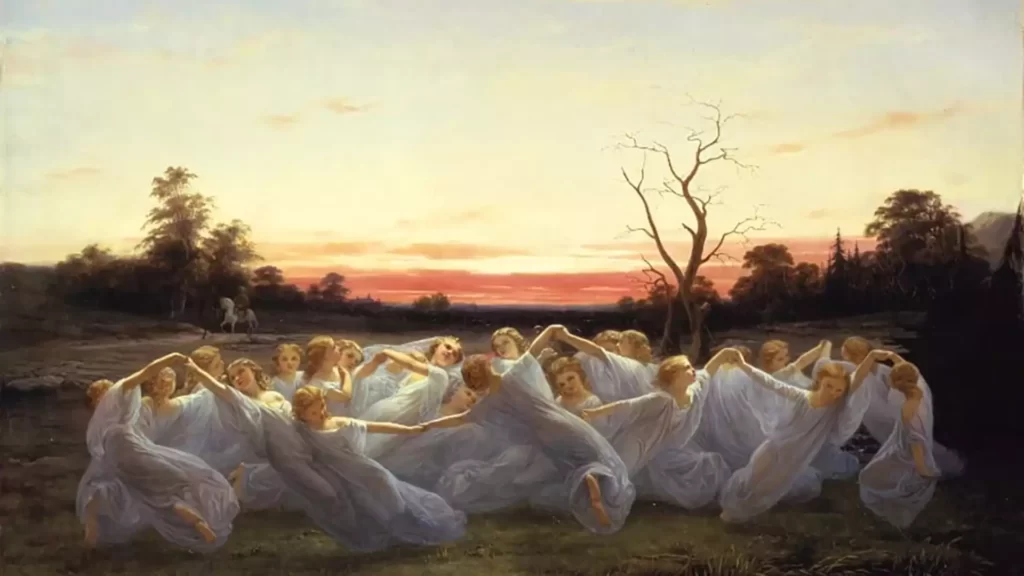
It is now taken for granted that everyone celebrates Christmas, which is the mother of all other holidays. There is much to look forward to for children, especially lights in churches and at home. However, this festival of lights is not only for human beings but also for elves because their dwellings were all decorated with lights. Everyone was happy and sang at the top of their lungs and danced and played musical instruments.
Whether or not humans have adopted it after the dance of the elves to have the vikivaki dance festivals around Christmas time, which will be described later, it is certain that Christmas was and is a true festival of lights for humans. In ancient times it was customary for housewives to sweep the whole house from top to bottom both on Christmas Eve and New Year’s Eve. They put lights in every nook and cranny, so there was no shadow anywhere, and with that, they welcomed elves who might be traveling or moving houses on New Year’s Eve. When they had swept the house and put lights in it, they went out and around it, some say three times, and “invited the elves home,” saying: “Let those come who want, let those stay who want, and those who want to leave, without hurting me and mine.”
This preface was accompanied by the fact that women sometimes brought provisions and wine to tables inside for elves. The story goes that the provisions were usually gone in the morning. It may have been more customary to invite elves to the house on New Year’s Eve and to serve food to them than on Christmas Eve, but the use of lights was no less on Christmas Eve than on New Year’s Eve. When the people went to bed on those nights, the housewife always made sure that not a light would be out and then put up new lights in each corner when the others were starting to burn out or put the lamps back on so that the lights would last the whole night until it was bright the next day.
In some places in this country, it is still a custom to burn a light in the sleeping quarters for people, even if they are asleep, both nights. Even though there is no longer light in every corner, you can still find evidence of this old custom. Especially where children are given candles on both these nights, called Christmas candles and New Year’s candles.
The Yule Cat
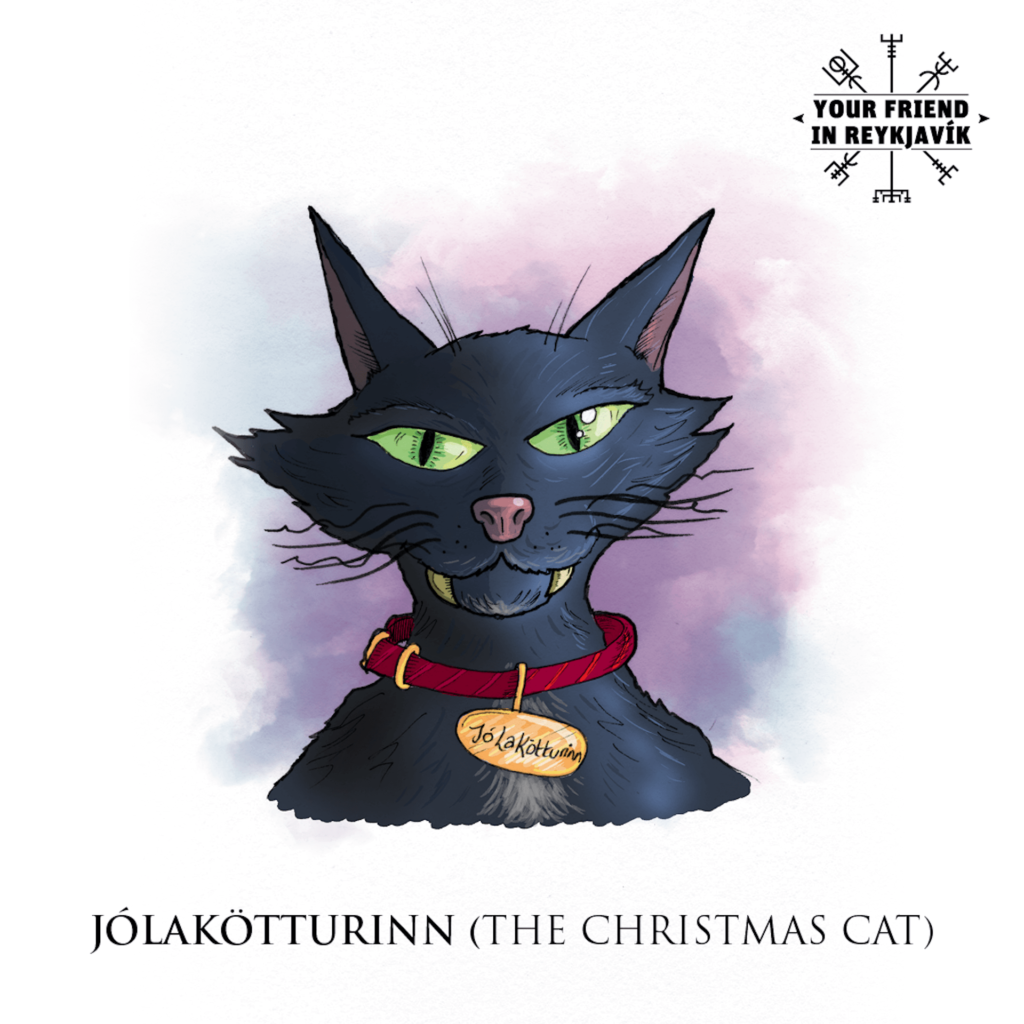
Yet, the joy of Christmas was not without its concerns. Apart from dealing with the Yule Lads, there was also the looming presence of an unexpected figure: the Yule cat. This creature was benign to those who received new clothes to wear on Christmas Eve. However, those less fortunate, who didn’t acquire new attire, were said to ‘fall prey to the Yule cat.’ This could mean being taken by the cat or losing their Christmas feast. It was considered good luck if the cat was content with their offerings.
This legend led to a unique tradition. To avoid the misfortune associated with the Yule cat, everyone, including children and women, endeavoured to earn new clothes for Christmas, often through work for their masters. Obtaining new clothes served a dual purpose: a festive celebration and a protective measure against the Yule cat. When the people succeeded in securing new garments, they ensured a bountiful Christmas feast and the warmth of Christmas candles and eluded the Yule cat’s curse. Despite these challenges, Christmas remained a time of joy and celebration. Reflecting this sentiment, this poem captures the essence of children’s happiness during Christmas:
‘Bread should be given to children to savour at Christmas,
Candlelight and garments red to raise them from their beds,
A generous slice of fat sheep, once roaming mountain hills.
Now old Grýla is no more; her wandering days are stilled.'”
Please signup HERE for our newsletter for more fun facts and information about Iceland!


